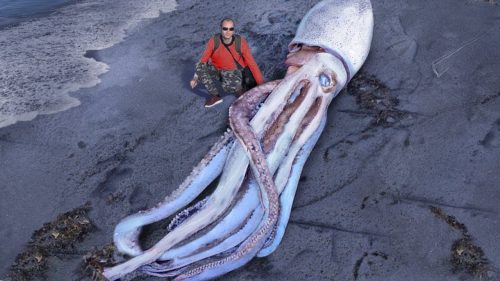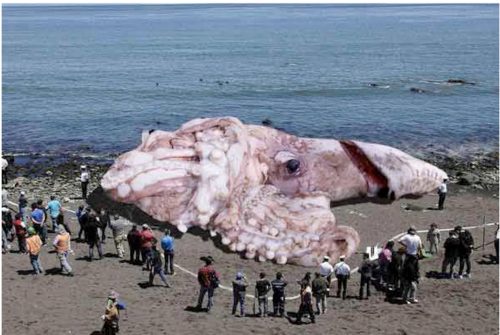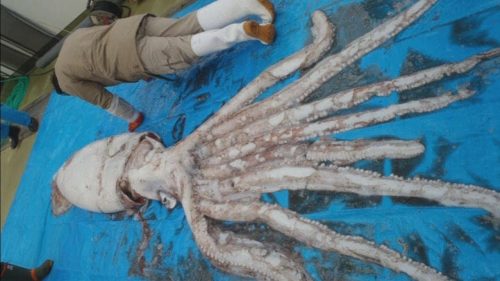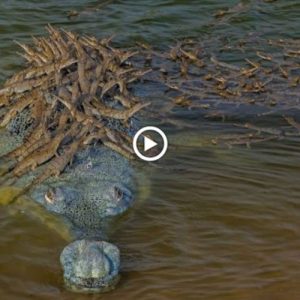The giant squid (Architeuthis dux) is a mysterious deep-sea predator boasting basketball-sized eyes and tentacles that can stretch up to an astonishing 10 meters. It is one of the largest invertebrates globally and belongs to an ancient group of mollusks called cephalopods, which includes octopuses, cuttlefish, and nautiluses.

The sightings of giant squids may have inspired stories about the ship that vanquished the Kraken from Scandinavian mythology. True giant squids reside at a depth of at least 900 meters below the ocean’s surface and do not attack ships.
Researchers continue to have a significant amount to uncover regarding the giant squid’s life. In the last decade, they’ve managed to record footage of these elusive giants in their natural habitat only on two occasions.
According to the Smithsonian Museum of Natural History in New York (USA), experts are still unsure how many giant squids or how many different species can exist in the ocean.

The largest giant squid ever found was nearly 13 meters long, including its tentacles. However, scientists estimate that the species can grow up to 20 meters long, based on the size of the giant squid beak found in the stomachs of sperm whales (Physeter macrocephalus), which hunt giant squids.
Giant squids have eight tentacles with spines that help grab and pull prey toward their beaks. The squid’s beak is made of hard chitin, a material similar to an insect exoskeleton, with sharp edges perfect for cutting prey into bite-sized pieces.

Giant squids are extremely large, but so far, scientists have not determined whether they are the largest mollusk. The giant squid (Mesonychoteuthis hamiltoni) lives in the Southern Ocean at depths of at least 1000 meters.
Giant squids are classified as Least Concern by the IUCN, meaning they are not threatened with extinction. They have a wide geographical range and are less affected by human activity than many other species because they live on the deep ocean floor. However, scientists are not sure how large the giant squid population is or what threats it might actually face.






